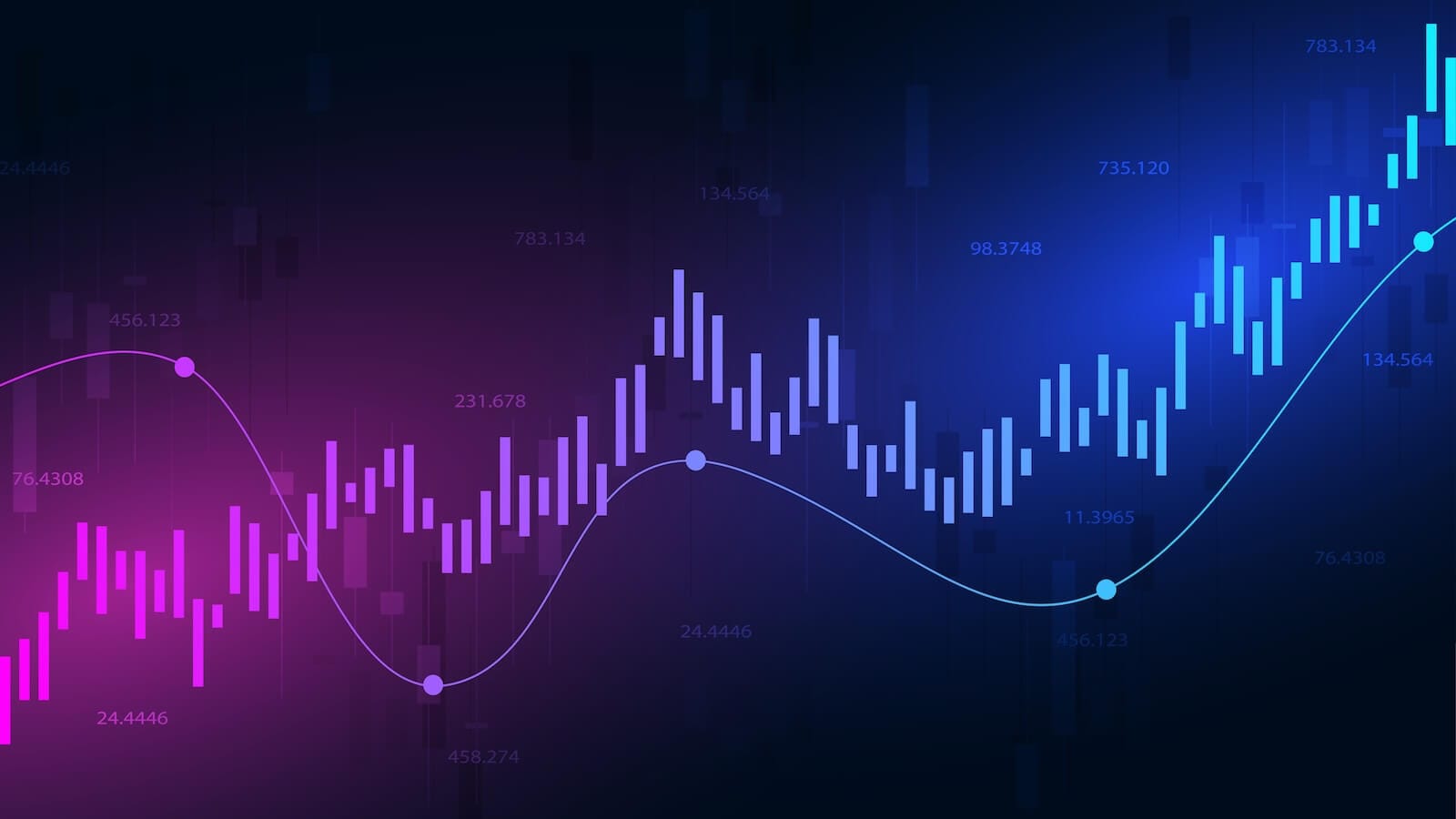LONG-TERM OIL TREND IS OVER-EXTENDED -- NEXT UPSIDE TARGET FOR THE XAU -- VOLUME PATTERN FOR MARKET IS NEGATIVE
ENERGY TREND IS STILL UP ... I've received a number of questions on some of my recent market messages that I'll try to answer herein. One has to do with my comment on Monday that "the trend in the energy sector is still up ,but very-overextended". The question was why I thought energy was over-extended. Let me deal with the first part of the statement first. Chart 1 shows the Energy Select SPDR (XLE) still trading over its mid-August peak and well over its 50-day moving average. In other words, it's trend is still up. Chart 2 applies Bollinger bands to the Oil Service Holders (OIH) and shows that the OIH is still trading above the (dashed) 20-day average. Until those moving average get broken, the trend will remain up. [After bouncing off its 50-day average near $63, crude oil jumped $2 today and gave another boost to energy stocks]. My reference to the energy sector being over-extended is based on a study of weekly and monthly charts.

Chart 1

Chart 2
PRICES ARE TOO FAR OVER 40-WEEK AVERAGE... Chart 2 shows that the 9-week RSI line above the 70 line. The makes the long-term trend overbought. What has me more concerned, however, the is distance between the current price and the long-term moving average line. The red-line is the 40-week (or 200-day) exponentially smoothed moving average. It's slightly more sensitive than the arithmetic version but tells essentially the same story. The line at the bottom plots the difference between the XLE price and the 40-week EMA. As the chart shows, the spread is now testing the peak reached in March when the energy complex entered an intermediate correction. In my view, that makes the energy complex over-extended. [You can create the same chart by using the 1,200,1 numbers on the MACD indicator]. The monthly bars in Chart 4 show that the RSI line for the Oil Service Index is at the highest level in history at 79. That's very overbought. What does that mean. It may be too soon to sell oil stocks, but it's almost certainly too late to buy them.

Chart 3

Chart 4
XAU HEADED FOR TOP OF 2004 PRICE RANGE ... Gold stocks had another strong day today on the back of rise in the price of gold. I've been asked to point out the next upside objective for the XAU. The weekly bars in Chart 4 show that the Gold & Silver (XAU) Index has been in a sideways trading range for nearly two years. It bounced off the bottom of the range in the spring of this year and now appears headed toward the top of the range. That puts the next upside target in the 111-113 range. While some profit-taking may appear near that resistance level, I happen to believe that the XAU will eventually break through the top of the range to resume its long-term uptrend.

Chart 5
MACD DOW DIVERGENCE? ... Another reader asked if the MACD was showing "negative divergence" with the Dow. The daily bars show the Dow backing off from chart resistance at its August peak at 10700. The MACD lines have fallen far short of their summer highs, and they're starting to converge. No "sell" signal has been given yet, but they are flashing a caution sign.

Chart 6
WHAT ABOUT SPY VOLUME... The final question has to do with the lack of volume during latest runup in the S&P 500 SPDRs (SPY) and whether that was a negative sign. The answer is yes. First, study the volume bars in Chart 7. After a burst of volume at the late August bottom, you can see that the volume bars became noticeably smaller during the early September price runup to the August peak. That shows lack of upside confidence. To make matters worse, the price selloff of the last two days came on heavier trading. That's not a healthy combination. The lack of upside volume is seen more graphically by the On Balance Volume (solid) line overlaid on the price bars. [OBV adds volume on up days and subtracts volume on down days. It tells us which way volume is flowing and should move in the same direction as the price bars]. Notice that the OBV stayed flat during the last price advance and created a "negative divergence". That tells me that the early September price advance was on weak technical footing and may have failed at its August peak. The fact that oil prices are rising again isn't going to help either.

Chart 7
WE'RE STILL IN SEPTEMBER ... With the market getting off to a good start this month, it's important that we not forget that the market has entered an historically dangerous time between September and October. I suspect that the events surrounding Hurricane Katrina may have distorted short-term trends in all of the markets. A week or so ago I wrote that I thought the market indexes would probably retest their August highs, but was skeptical of further gains after that. I've seen nothing to change that generally cautious view.







